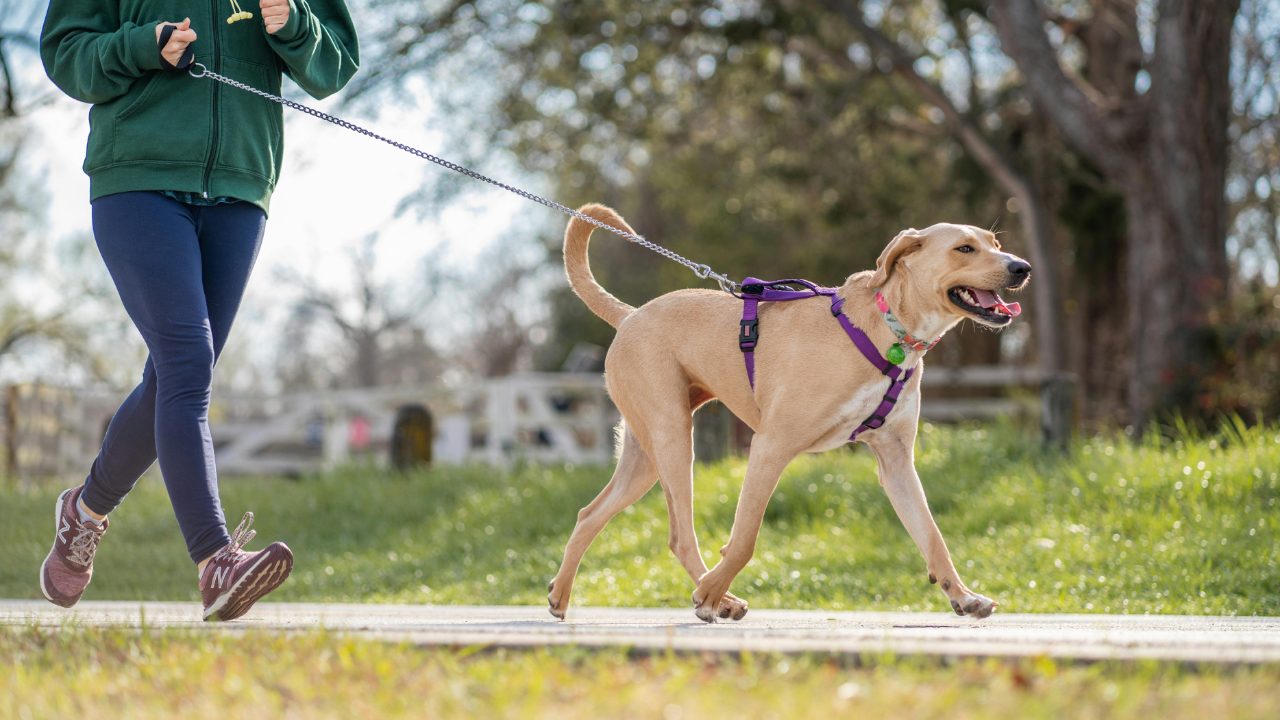The Perfect Fit: How to Choose and Adjust Your Dog’s Harness for Maximum Comfort and Control
Dec 13, 2024
Finding the right harness for your dog is more than just picking the cutest color or style. A properly fitted harness ensures your dog’s comfort, prevents injuries, and gives you better control during walks. Whether you’re using a no-pull harness or a standard design, getting the fit right is essential. Let’s explore how to choose and adjust a harness to suit your dog’s needs.
Why Fit Matters
A harness that fits poorly can lead to discomfort, chafing, or even injury. On the other hand, a well-fitted harness allows your dog to move freely while giving you the control needed to manage their behavior on walks. Proper fit also ensures the harness doesn’t slip off, keeping your dog safe in all situations.
How to Choose the Right Harness
Here’s what to look for when selecting a harness:
-
Type of Harness
- Front-clip harnesses: Ideal for dogs that pull, as they provide better control by redirecting your dog’s movement.
- Back-clip harnesses: Great for small breeds or dogs with sensitive necks.
- Dual-clip harnesses: Offer versatility with both front and back attachment points.
-
Size
- Measure your dog’s chest and neck girth with a soft tape measure. Most brands provide size charts to help you choose the right fit.
-
Material
- Opt for durable materials with soft padding to prevent chafing, especially for dogs with short coats.
How to Fit a Harness
Once you’ve chosen the right harness, follow these steps to ensure it fits correctly:
-
Position the Harness Correctly
- Place the harness over your dog’s back or step their front legs through, depending on the design.
- The front strap should sit low on the chest, not on the neck, and the back strap should align with the shoulder blades.
-
Adjust the Straps
- Tighten or loosen each strap so the harness fits snugly without being too tight.
- You should be able to slide two fingers between the harness and your dog’s body.
-
Check for Chafing or Pinching
- Ensure there are no areas where the harness rubs against your dog’s skin. Look for soft, padded straps if your dog has sensitive skin.
-
Test for Security
- Tug gently on the harness to make sure it won’t slip off. A well-fitted harness stays in place even if your dog pulls or twists.
Signs of a Poor Fit
Here are some red flags to watch for:
- The harness slides around or rotates on your dog’s body.
- There are visible marks or irritation on your dog’s skin.
- Your dog seems uncomfortable or resists wearing the harness.
Final Tips for Success
- Introduce the Harness Gradually: Let your dog wear the harness indoors to get used to it before heading out on a walk.
- Check the Fit Regularly: Adjust the harness as your dog grows or if their weight changes.
- Pair with Positive Reinforcement: Use treats and praise to create a positive association with the harness.
With the right fit, a harness can transform your walks, giving you better control and your dog greater comfort. Take the time to find the perfect one, and you’ll both enjoy the benefits for years to come!
SUBSCRIBE FOR EXCLUSIVE WEEKLY TRAINING TIPS!
Subscribe to receive weekly blog posts filled with training tips, expert advice, and adventure inspiration to help you and your pup thrive together!
We hate SPAM. We will never sell your information, for any reason.

